The Ultimate Guide to Choosing the Right Curtains for Your Home
Navigation
- Factors to Consider When Choosing Curtains
- How to Measure for Curtains
- Hanging Curtains: 9 Tips and Tricks
- Maintenance and Cleaning of Curtains
- Conclusion
Factors to Consider When Choosing Curtains

Curtains can make or break a space, so it's important to consider your needs and personal style illustrated as below:
- Are the curtains primarily for light filtration or privacy? Linings and heavyweight fabrics suit light control while opaque options block view. Light-filtering fabrics include cotton duck, linen, seersucker, and linen blends. Blackout linings or interlinings provide complete coverage.
- How open or closed do you keep the curtains? Choose a length, full/floor-length or knee-length, and stack/tab options accordingly. Full-length curtains that touch the floor provide complete coverage when closed. Knee-length or sill-length expose more windows when open. Stacked or tab curtains stack or fold to the sides, rather than hanging straight down.
- Drapes or curtains? Drapes are ideal if you want a fully covered window with a more tailored look. Curtains are easier to open and close with pulled or tied-back hardware.
- Rod pocket or hanging? Rod-pocket curtains hang on tracks while hanging curtains require a hanging rod. Rod-pocket curtains slide along a track or rod for easier opening and closing across large or multiple windows. Hanging curtains have hemmed edges or pockets to hang from a rod.
- Consider the formality of the space and choose a style and pattern that suits the room. Casual and eclectic spaces suit simpler patterns, solids, natural textures, and bright colors, while formal living areas are better suited to richer patterns, damasks, silk, or stiff fabrics in darker jewel tones.
Additional factors include care requirements (machine wash/dry vs. dry clean only), budget, and how automated you want the hardware (tracks, rods, brackets). Once you determine your needs, check fabric properties, options, and pricing to stay within your budget and choose beautiful, practical curtains. With the right considerations, your new window treatments will be a stylish asset for years to come.
How to Measure for Curtains

Determining the width and depth measurements of your window in inches is the first step to ensuring a perfect fit. Add a few extra inches to each measurement for optimal coverage and layering: extend your tape measure across the entire width, including any mullions or dividers, for the most accurate width. Add 3-6 inches for curtains and 6-12 inches for drapes to allow of the fullness; measure from the top of the window opening down to the sill or floor below. Add 6-12 inches to the depth measurement for curtains and 12-24 inches for drapes.
Consider any obstructions like radiators, air conditioners, or window seats that will impact how and where the hanging rod can be installed. You need to leave enough clearance and do not obstruct these elements with your new window treatments.
Account for hanging hardware like rods, tracks, brackets, and weights that will be needed to hang your specific window treatments. Curtain rods should be placed inside any window frames or casings for a built-in look. Outdoor curtains will require weather-resistant materials.
Multiple windows - If covering multiple adjacent windows with one set of curtains or drapes, measure the combined width and add extra width to join the windows. You can also do separate measurements and treatments for distinct windows.
It's always best to have someone else double-check your measurements when possible. Small mistakes can lead to curtains that do not cover the window properly or hardware that does not hang correctly. Take extra time to ensure perfect measurements for the best end result.
Hanging Curtains: 9 Tips and Tricks

- Attach hanging rods before hanging heavy curtains. For drapes or wider curtains, install hanging rods that can support the weight to avoid damage to walls or ceilings.
- Offset the rod from the edges of the window for a tailored look. Hanging the rod 6-12 inches from the sides of the window will allow you to pull the curtains across, creating soft edges and layering opportunities.
- Use weights, brackets, and tensioners for a seamless drape. Added weight along the lower hem prevents curtains from gathering while still allowing them to part easily. Brackets provide anchor points to secure the rod in place.
- Add liner curtains for extra coverage and layering. Liners create an extra layer under your main curtains, adding insulation, noise control, or an extra layer of blackout lining.
- Hang curtains using a traditional hanging rod and rings or tabs, or a rod pocket system for easy sliding and stackability. Rod pocket curtains slide along a hanging track for simpler opening and closing.
- Make sure any hardware is level before hanging for even and straight hanging. Use a level to ensure the rod is even side to side and straight up and down before attaching curtains.
- Attach at regular intervals for best support. Hang or attach rings and tabs across the width of the rod, spacing them about 12 inches apart for lighter curtains or 6 inches apart for heavier drapes.
- Trim excess fabric from longer panels for a neater appearance. Use sharp scissors and cut off any excess fabric that will touch the floor for a more tailored look when drawn open.
- Store off-season curtains roll them and place them in breathable storage. Roll curtains rather than folding them to prevent creases. Store in a closet, under the bed, or in fabric storage bins. Add cedar blocks to repel moths.
Hang new curtains with care to ensure they look their best for years to come. Follow the recommendations here and your new window treatments will display beautifully for your enjoyment!
Maintenance and Cleaning of Curtains

- Gently agitate and soak the curtains before running them through a normal cycle using cold or warm water with mild detergent. Avoid fabric softener which can damage some fabrics.
- Air fluff cotton or linen curtains in the tumble dryer on low heat. Remove the curtains while still slightly damp to prevent wrinkling. Hanging drying is best if possible. For dry clean-only curtains, thoroughly vacuum before storing to remove built-up dirt and grime. Take curtains to a professional dry cleaner when visibly soiled. Some dry clean-only fabrics can be hand washed in cold water with a mild detergent as a last resort. Test in an inconspicuous area first.
- Dust or steam curtains regularly to prevent a buildup, especially near vents or high-traffic windows. Microfiber dusters, lint rollers, and upholstery cleaning sponges all work well for dusting. An iron or steamer can refresh and restore curtains.
- Put mothballs in wool or faux fur curtains before seasonal storage. The odor from mothballs deters moths and prevents infestation during storage. Replace mothballs every 6-12 months.
- Store curtains in a breathable location away from extreme heat or cold. Plastic storage bins with lids and a hole for breathability work well. Cedar blocks naturally repel moths and can be stored with fabric.
- Check stored curtains for damage or pests before bringing them out again. Look for signs of moth eggs, larvae, tears, stains, or odor which require professional cleaning before hanging again. Some stains may become permanent over time.
Following recommendations for washing, drying, dusting, storing and inspecting your curtains regularly will help keep them looking and functioning their best for longer. Keeping your window treatments in good condition will allow you to enjoy them for years to come.
Conclusion
By keeping in mind the steps we've discussed - from understanding your personal preferences and taking pre-purchase considerations to taking accurate measurements, and from hanging the curtains with finesse to maintaining them for long-lasting beauty - you'll create an inviting and comfortable space. As you follow this guide, your home will soon be graced with window treatments that reflect your unique taste and make a lasting impression on every visitor. If you want to learn more about curtain selection, please continue to read the other articles, and feel free to check our website!


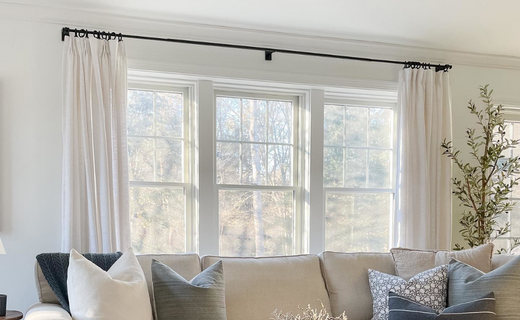

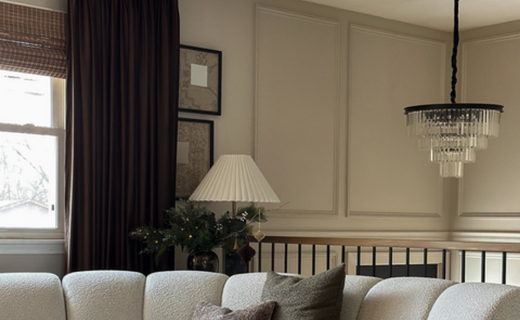
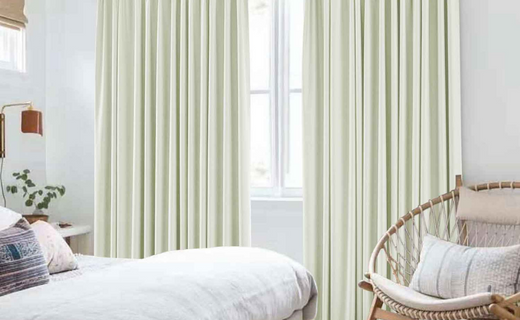

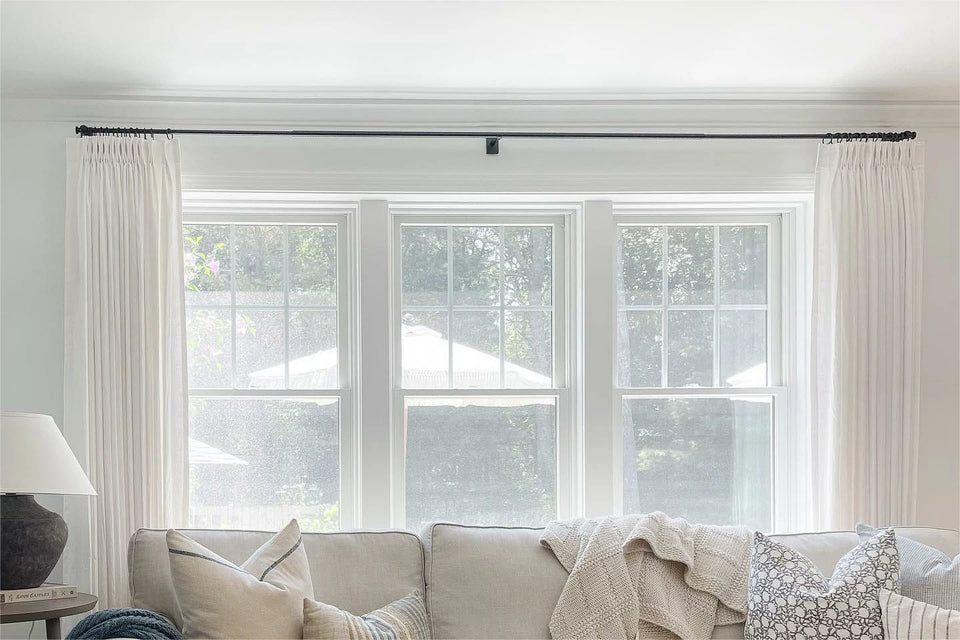














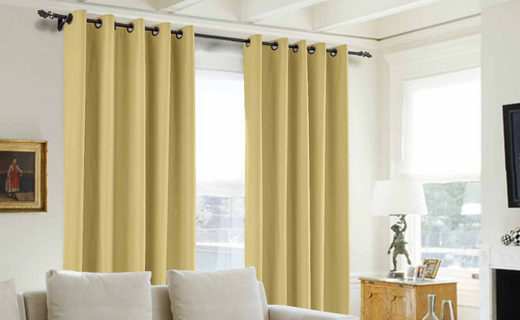



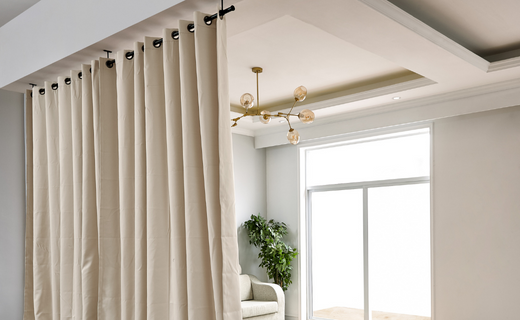
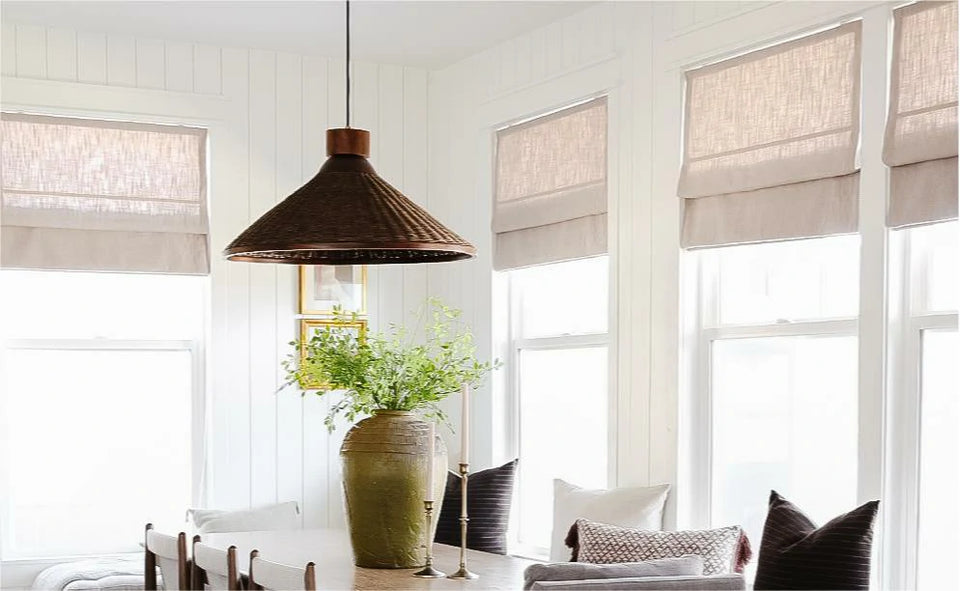
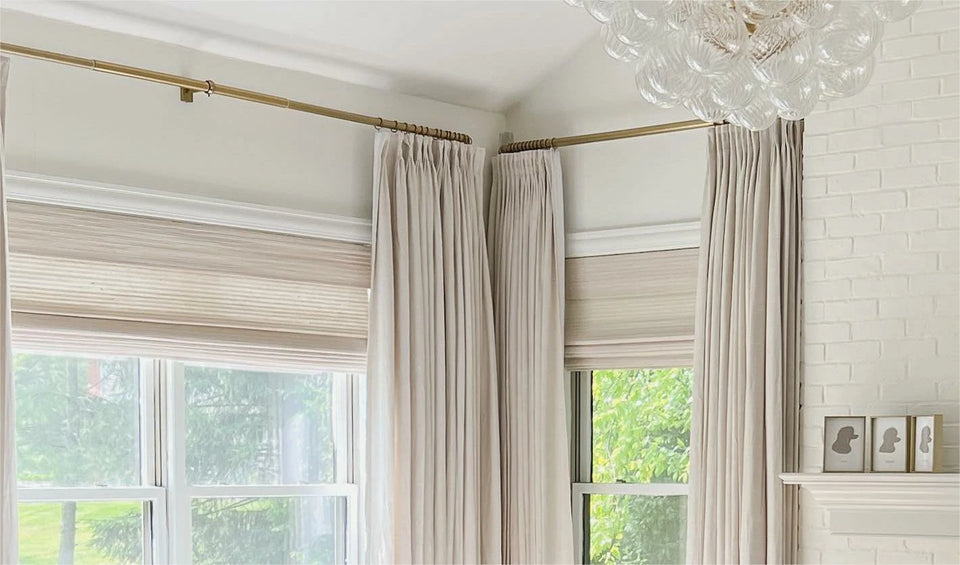









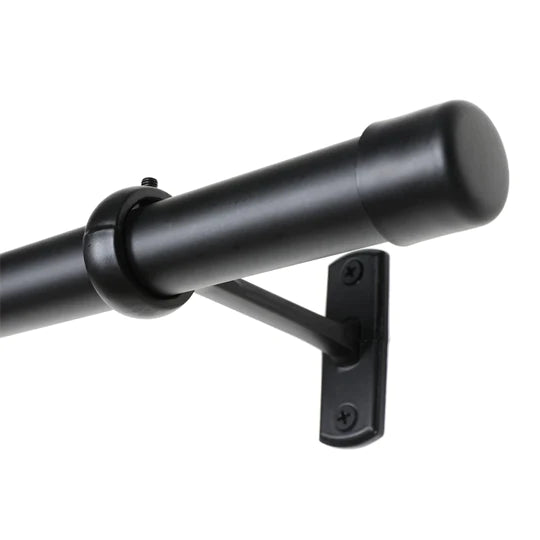
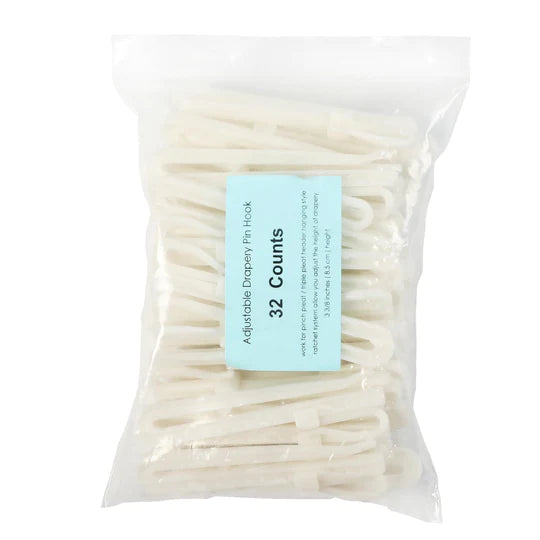
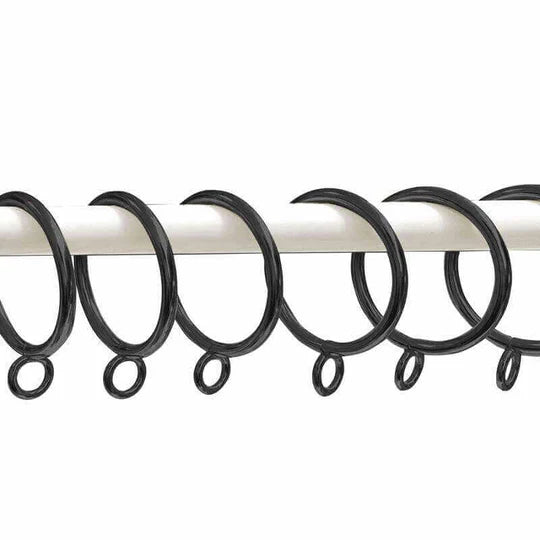







































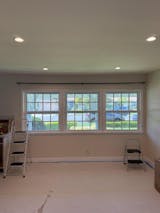



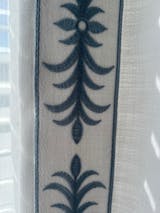















Leave a comment